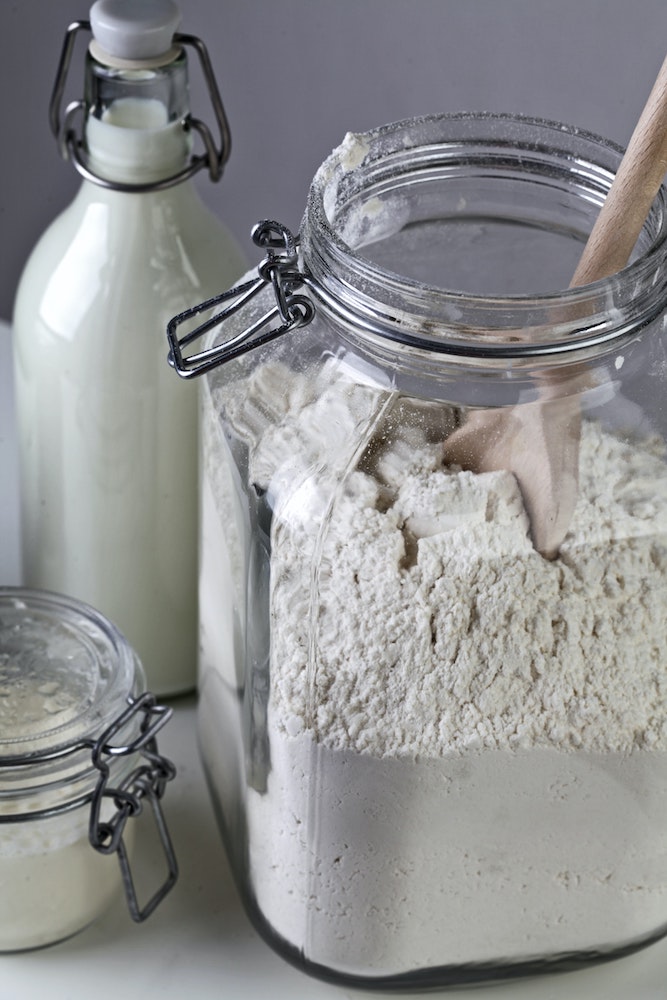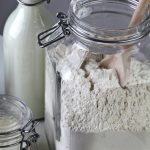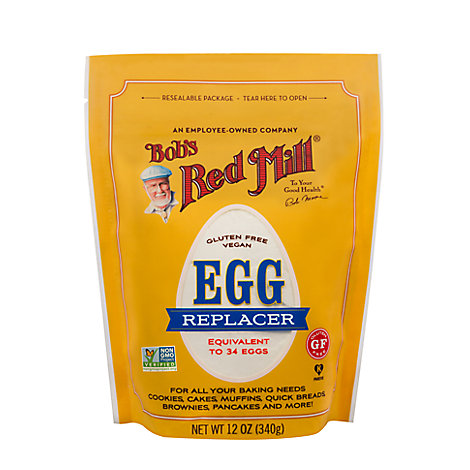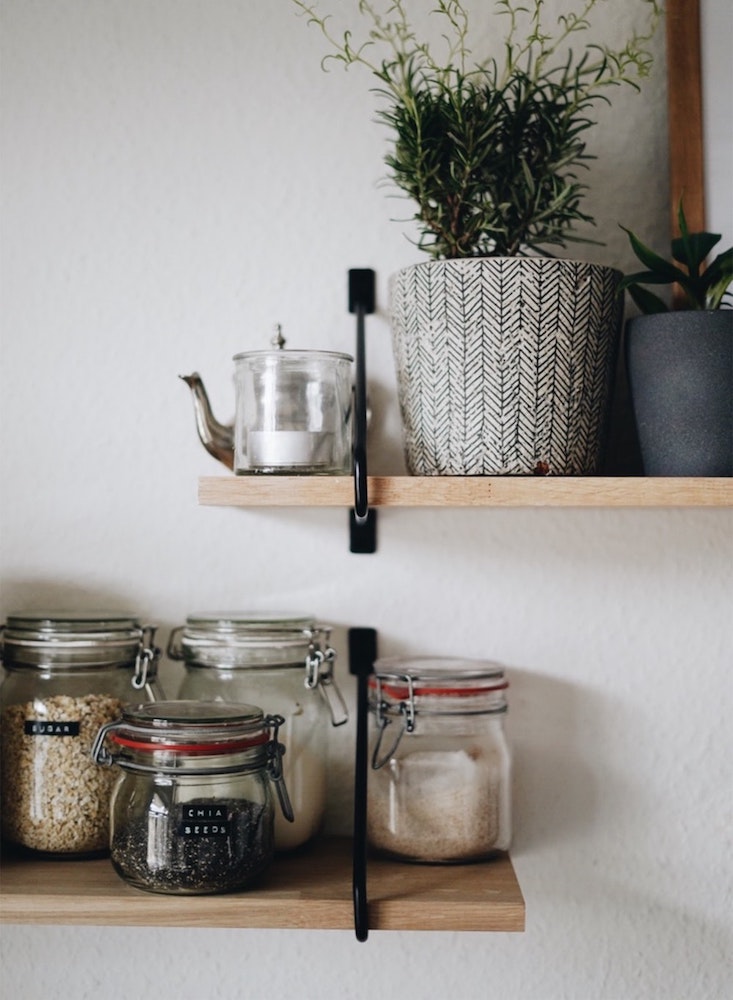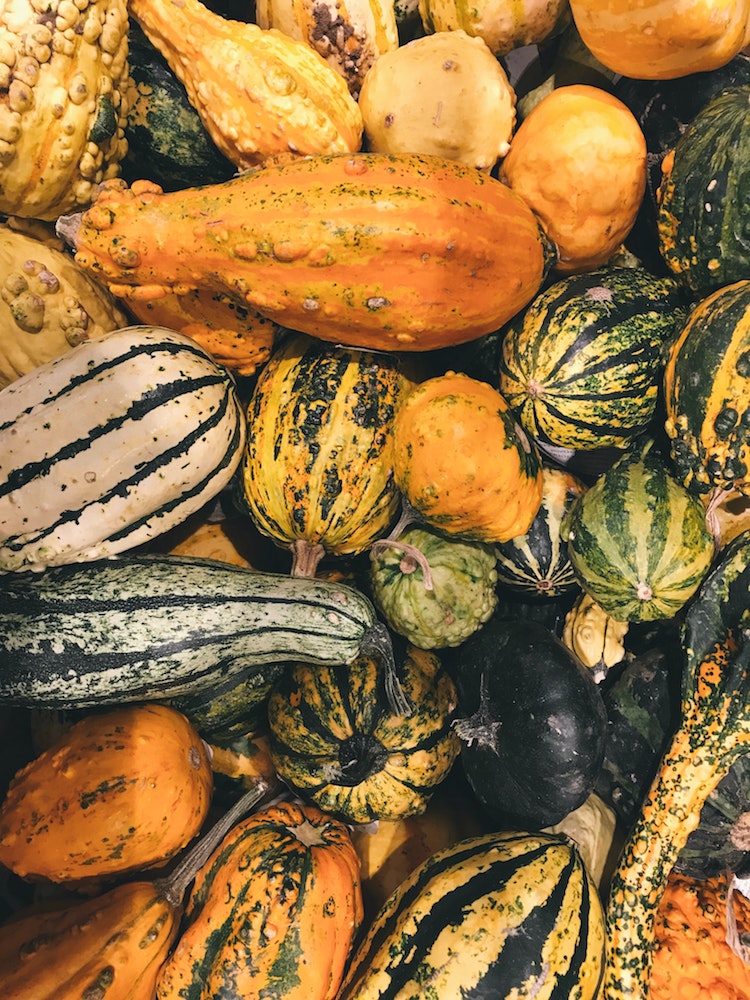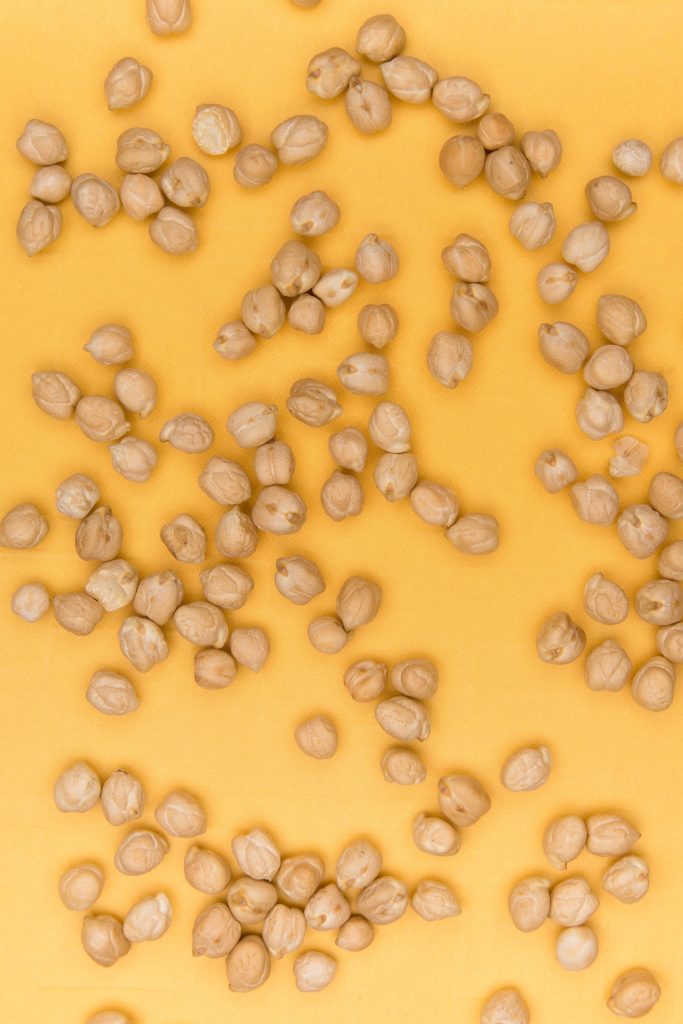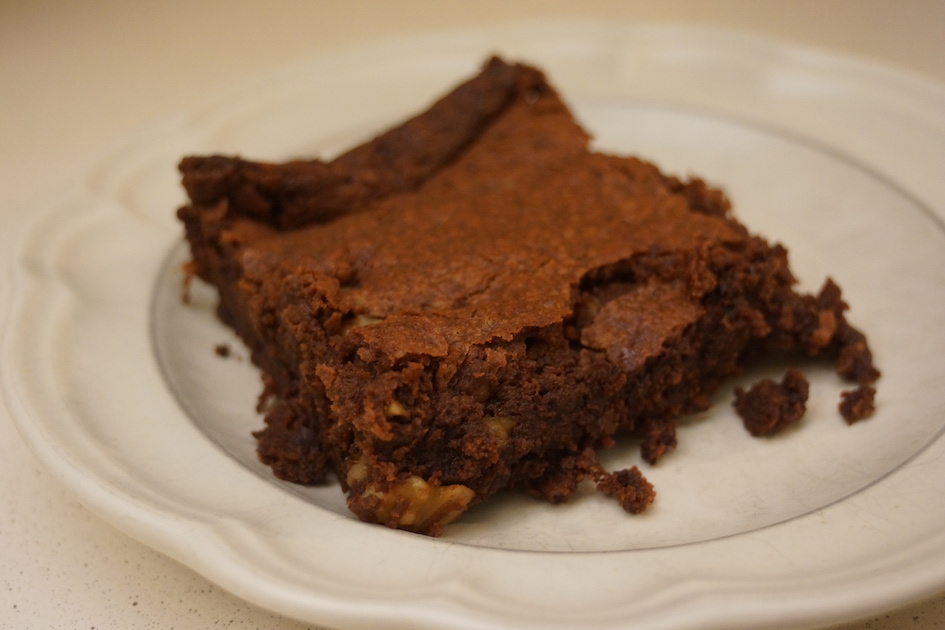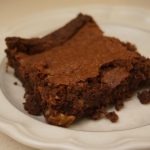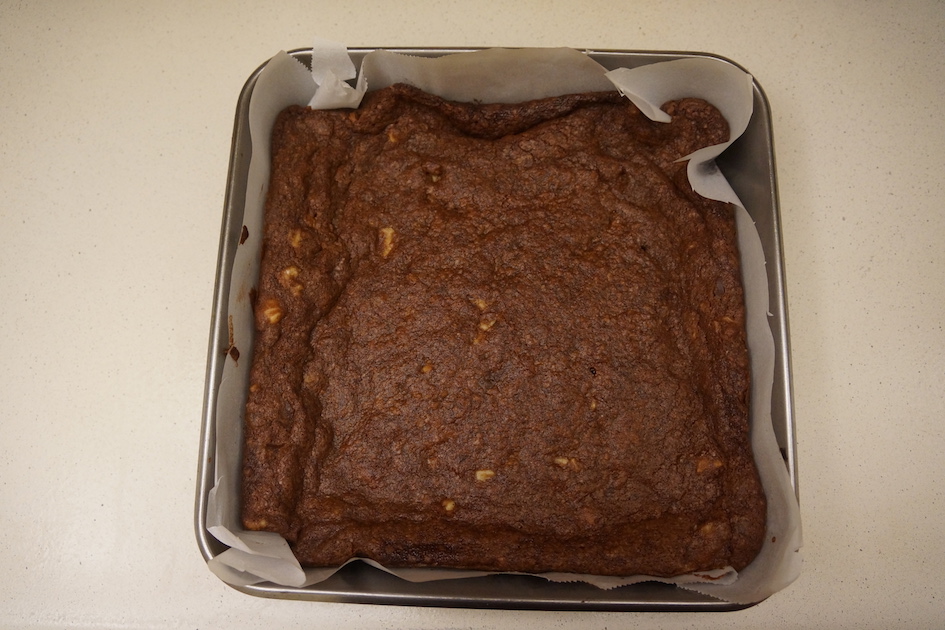Flat cakes that you could use as hockey pucks.
Accidentally putting in a tablespoon of baking soda instead of a teaspoon and having your cookies taste disgusting.
Having a recipe just not turn out to your liking, even though you did everything right.
If you’ve been baking for any length of time, you’ll probably have experienced the pain of a baking failure. And it really sucks. No one wants to waste time and ingredients, especially if you were really looking forward to eating the thing you were making.
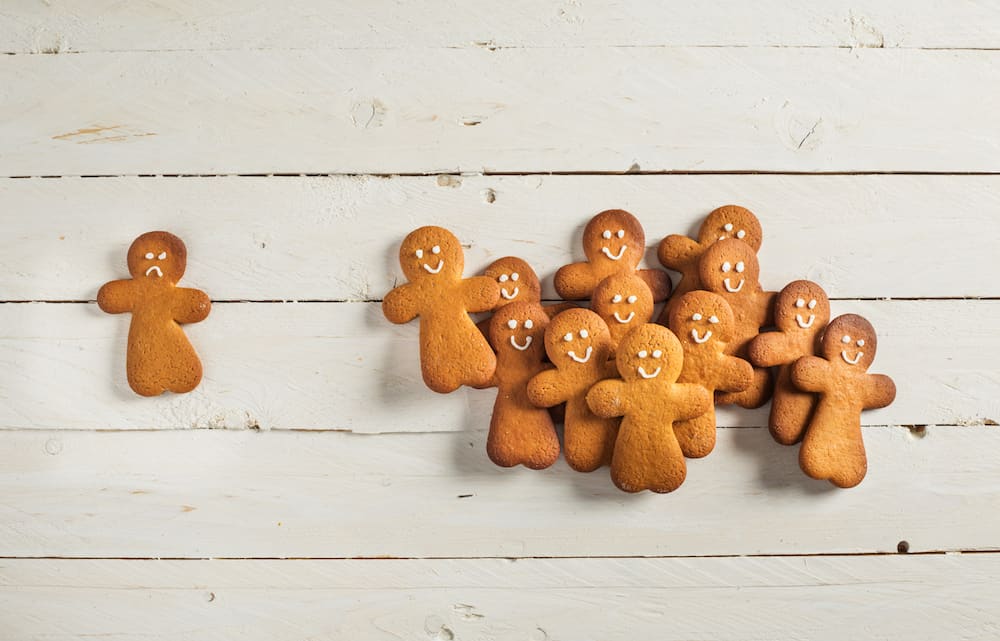
But instead of thinking that it’s reflecting badly on your own abilities, baking failures can actually be useful for you. (Yeah, I know this is a cliché thing to say it.)
It’s something I’m still learning myself. I’m bit of a perfectionist. I frickin’ hate spending an hour on a recipe and having it taste like crap.
It also feels really upsetting to have to throw something out. For one thing, I’m a vegan hippie who hates wasting food. But I also know it’s not worth it to eat something that doesn’t taste good.
So I thought I’d make a list for anyone like me, on why baking failures can actually help you.
- It can give you an idea of what you like in a baked good.
A few weeks ago, I made a brownie that was ungodly sweet and had a terrible texture. Ugh. I had to throw it away because it was so gross. But that let me know that I should be looking for recipes that did not have two cups of sugar. The next week, I found one with ¾ cup of sugar, and it tasted a lot better!
You’re not gonna enjoy every single recipe out there. So knowing what you do like, and what tastes good to you, is actually a super important step that naturally takes trial and error.
When you do figure it out, you can spend more of your time on perfecting that great-but-not-quite-perfect recipe, and make something super amazing!
- You’re still practicing.
All that time spent in the kitchen is still getting you somewhere.
I offer you another cliché here: it takes ten thousand hours to become an expert at something, even when you’re failing along the way.
Those super famous pastry chefs you see on tv? They didn’t get there without making a lot of mistakes along the way. Hell, they probably still make mistakes sometimes if they’re trying something new).
- It can give you something to work on next time. Maybe your loaf of sourdough tasted pretty good, but the texture was too dense. Why is that? How can you improve it when you make the recipe next time?
Failures are the perfect opportunity to learn more about the science of baking (I say, as a baking science enthusiast).
Could those strangely-textured cupcakes be improved by using a different egg substitute next time?
Are you kneading your bread too much or too little – and why does that even matter?
With Google as your friend, do some research on your problem. Chances are, someone’s had the same problem as you and can explain it. This will help you the next time you make the recipe. Or it can lead you to an even better recipe that helps you understand the process better.
- If you’re inventing the recipe yourself, a failure can help you understand what to improve.
As a kid, I went to an event with my parents, and we had the most magnificent lemon-white chocolate bread. It wasn’t a sweet loaf bread, but it had more of a base of a French bread.
I’ve experimented with recreating this bread several times. While none of my attempts were terrible, they weren’t great either.
The first attempt, all of the lemon peel and white chocolate congealed in the center, creating an oddly-filled loaf. Tasty, but I wanted the fillings to be more scattered.
On the second attempt, the ingredients were more scattered, but there wasn’t enough of them. The white chocolate also burned where it was exposed to the heat. The first loaf actually tasted better.
These attempts weren’t perfect by a long shot, but they helped me understand better about what I was attempting to do in the first place.
Just like when people always asked me what I wanted to be when I grew up, and I would always say, “I don’t know, but I know I don’t want to be a doctor!”, it’s helpful to understand what works and what doesn’t with your recipe. Otherwise, there’s nothing to learn from and improve.
- It can help with perfectionism.
I said it before in this post, but I have a huge perfectionist streak. I will actually procrastinate on doing something to avoid failure entirely.
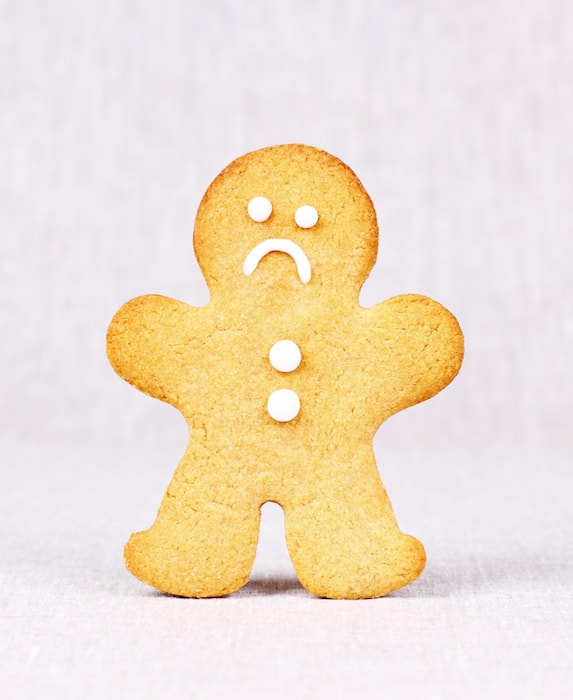
That’s because it’s always super frustrating to spend an hour – or even half the day – working at a recipe, only for it to turn out mediocre, or even worse, inedible!
It happens to even the best bakers, though. Just watch The Great British Bakeoff. They’re all amazing bakers, but sometimes, even they have bad days where their cakes don’t rise or they use salt instead of sugar.
Making mistakes can humanize the process of baking and let you know that your worth isn’t tied to your work. Your family’s still gonna love you, even when you serve them questionable baked goods (thanks, Mom and Dad).
- It helps improve your patience and mindfulness.
In relation to my perfectionism, another thing I struggle with is not being good enough right this instant. I just wish I could just have GoodBaker 7.0 software installed into me so I could make fancy baked goods like a pro.
But learning new things, one recipe at a time, helps you become a more patient person. Baking is as much about the learning process as it is being able to make a perfect three-tiered cake.
I also think that baking encourages mindfulness. Getting your hands covered in flour, putting your muscles into rolling out dough makes you feel connected with your body and the real world. It’s a great stress reliever, and it can get you out of your head.
- It helps you be okay with baked goods that are “just okay.”
Baking mediocrity can feel like a failure within itself. You know, that loaf of bread that your family eats but doesn’t rave about. That cake that’s perfectly edible but not something you really want to make again.
You don’t always have to make the greatest thing ever to still be a successful baker – or a successful person. You’re you, and you’re trying and learning every time you try a new recipe.
Baking failures totally suck, but that doesn’t mean that you suck.
Now go on and bake something awesome.
